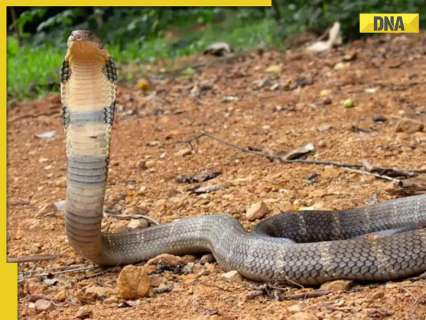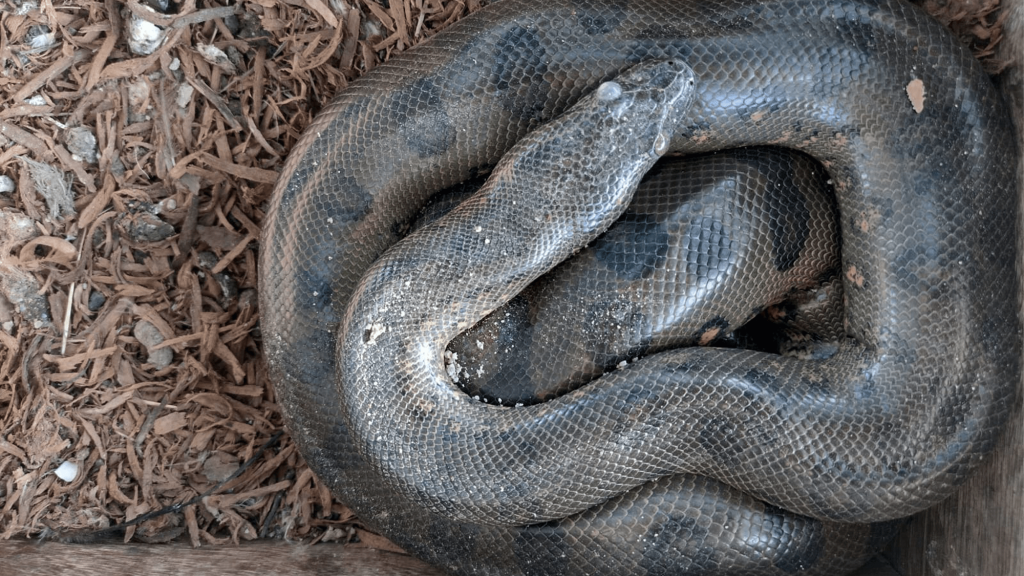Now Reading: King cobras spotted near Mount Everest, here’s why it is concerning
-
01
King cobras spotted near Mount Everest, here’s why it is concerning
King cobras spotted near Mount Everest, here’s why it is concerning

The king cobra is listed as endangered in Nepal’s National Red Data Book and the International Union for Conservation of Nature (IUCN) Red List.
Experts have raised concerns after a total of 10 venomous snakes were caught near Mount Everest in Nepal in a span of one and a half months – nine king cobras and one monocled cobra, reports the Kathmandu Post. Dakshinkali Municipality officials confirmed to the news outlet that these snakes were rescued from four different locations – Gopaleshwar, Bhanjyang, Sokhol and Phulchowk areas.
The king cobra is the longest venomous snake in the world. Its venom is not the most powerful among venomous snakes, but the amount of venom it releases in one go is powerful enough to kill 20 people or an elephant.
Why is their presence near Mount Everest worrisome?
Both king cobras and monocled cobras are mostly found in the Terai regions in southern Nepal and parts of northern India. As temperatures are rising, they are now being found nesting in hilly and mountainous regions as well.
Jaya Thapa Magar, chairperson of Ward 1 of the municipality, told the Kathmandu Post, “These snakes were rescued from homes and premises with the help of a snake rescue team and released in the nearby forest. Locals have also found eggs and nests of king cobras in the nearby forests.”
Experts are concerned that the presence of these snakes in colder areas could be due to climate change, with experts suggesting that these tropical snakes are moving to higher altitudes due to rising temperatures. If this change continues, it will affect the ecosystem of the region.
“These snakes may have come to the valley in trucks with logs and grass, but they have already made their home here,” said Subodh Acharya, a snake rescue trainer at Mithila Wildlife Trust, Janakpur.
The rescued venomous snakes have been released there and Mr Acharya has urged people to be cautious while in the forest.
Climate change in Nepal
Nepal has witnessed extreme weather events linked to climate change in the past few years. The maximum temperature in Nepal is increasing at a rate of 0.05 degrees Celsius per year.
The king cobra is listed as endangered in Nepal’s National Red Data Book and the International Union for Conservation of Nature (IUCN) Red List.
Habitat destruction, human conflict and snakebite are significant threats to the king cobra population. A report published in The Lancet in March 2022, a leading international medical journal, highlighted that snakebite and resulting deaths are common in the Terai districts during summer. Every year, about 2,700 people from the Terai region of Nepal, mostly children and women, lose their lives due to snakebite.























